Great bags start with the right materials. We work closely with trusted fabric suppliers to carefully select materials that suit a variety of bag styles and brand aesthetics, from durable nylon and water-resistant fabrics to stylish canvas, PU, and genuine leather. Every recommendation is based not just on appearance, but also on structure and longevity. With years of experience, we ensure each material choice is both purposeful and reliable.
Data is being built
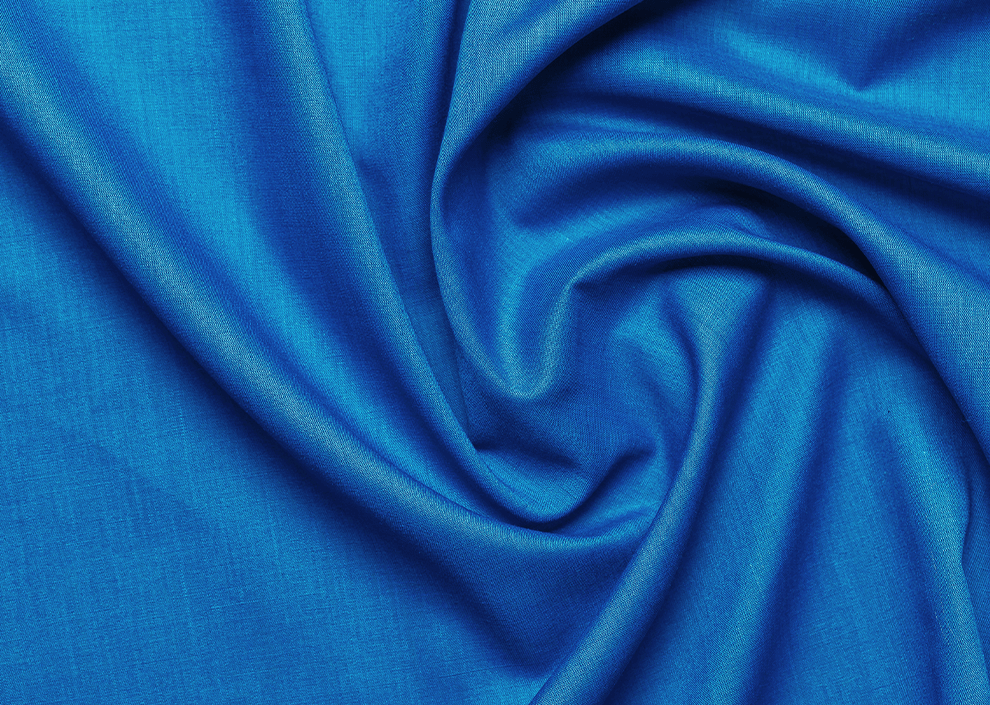
Jun 28.2025
Nylon: Versatile Synthetic Fabric for Functional and Stylish Bags
Nylon is a synthetic fiber fabric widely used in various bag designs. As a professional bag manufacturer, we select multiple high-grade nylon materials tailored to different bag functionalities, such as lightweight construction, water repellency, tear resistance, and high abrasion durability. This enables brands to create practical products that combine both performance and aesthetic appeal. ________________________________________ Material Characteristics: 1.Lightweight and Flexible Nylon fibers are fine and lightweight, significantly reducing carrying burden even for large-capacity backpacks, making it ideal for travel, commuting, and outdoor sports collections. 2.High Abrasion and Tear Resistance The strong molecular structure of nylon endures long-term use and daily friction without fuzzing or damage, suitable for functional bags requiring high-strength support. 3.Excellent Water-Repellent Finish Adaptability Nylon fabric surfaces readily accept water- and oil-repellent coatings such as PU, TPU, or silicone finishes, offering robust protection. It is commonly used in outdoor bags, sports bags, and weather-resistant designs. 4.Stable and Uniform Dyeing Nylon fibers support high-quality dyeing, producing vibrant and saturated colors that resist fading. This makes it perfect for colorful, color-blocked, or fashion-forward bags. 5.Compatible with Various Craft Techniques Nylon integrates well with embossing, embroidery, TPU hot stamping, and high-frequency welding, enhancing design flexibility and innovation. ________________________________________ Nylon is more than just a symbol of functionality; it is a vital material that combines lightweight, practicality, and aesthetics in modern bag design. With different weaving methods such as plain weave, twill, ripstop, and grid patterns, as well as various surface treatments, nylon can convey styles ranging from minimalist tech to military ruggedness, offering brands greater flexibility and depth in material selection.
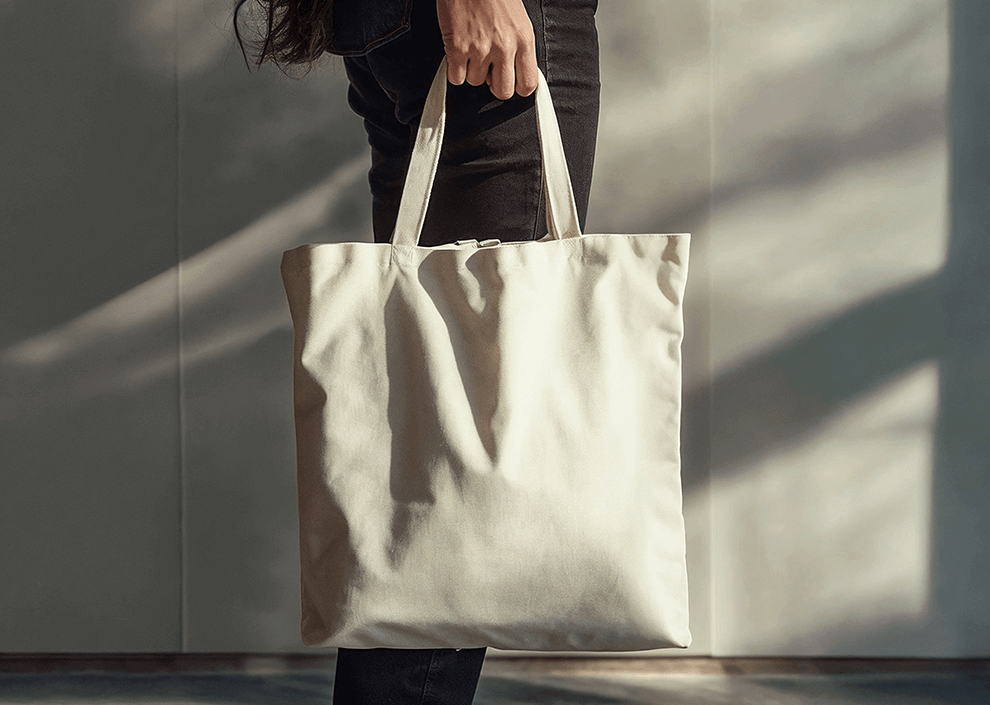
Jun 30.2025
Canvas: Durable, Natural Fabric with Timeless Appeal
Canvas is a sturdy woven fabric primarily made from cotton or cotton blends, known for its natural texture, abrasion resistance, and firm structure. As a classic and enduring choice for bags, it remains a staple material in the industry. As a professional bag manufacturer, we select various weights and finishes of canvas fabrics according to product characteristics and brand styles. By integrating modern craftsmanship, we bring out both classic and innovative aspects of canvas. ________________________________________ Material Characteristics: 1.High Abrasion Resistance & Structural Firmness Canvas features a dense weave and thick yarns, offering excellent tensile strength and durability. It maintains bag shape over long-term use, making it especially suitable for medium to large tote bags, handbags, and daily functional bags. 2.Natural Texture with Soft Touch The inherent natural grain and matte finish of cotton fibers add a rustic and approachable feel. Combined with dyeing treatments, canvas can evoke atmospheres ranging from artsy, workwear, vintage, to street style. 3.Excellent Adaptability for Various Craft Techniques Canvas supports embroidery, digital printing, silkscreen printing, embossing, computerized embroidery, leather patching, and more. It serves as a highly versatile design base and pairs well with leather, metal, nylon, and other materials to enhance visual layers. 4.Surface Treatment for Water Repellency Though natural cotton fabric, canvas treated with PU, wax dye, or water-repellent coatings improves weather resistance and extends bag lifespan, making it suitable for everyday and outdoor use. 5.Eco-Friendly and Sustainable Options We offer organic cotton canvas, recycled cotton canvas, and natural dye fabrics to help brands implement sustainable concepts and develop environmentally conscious product lines. ________________________________________ Canvas is a material with soul, capable of carrying the designer’s narrative and evolving alongside the user over time.
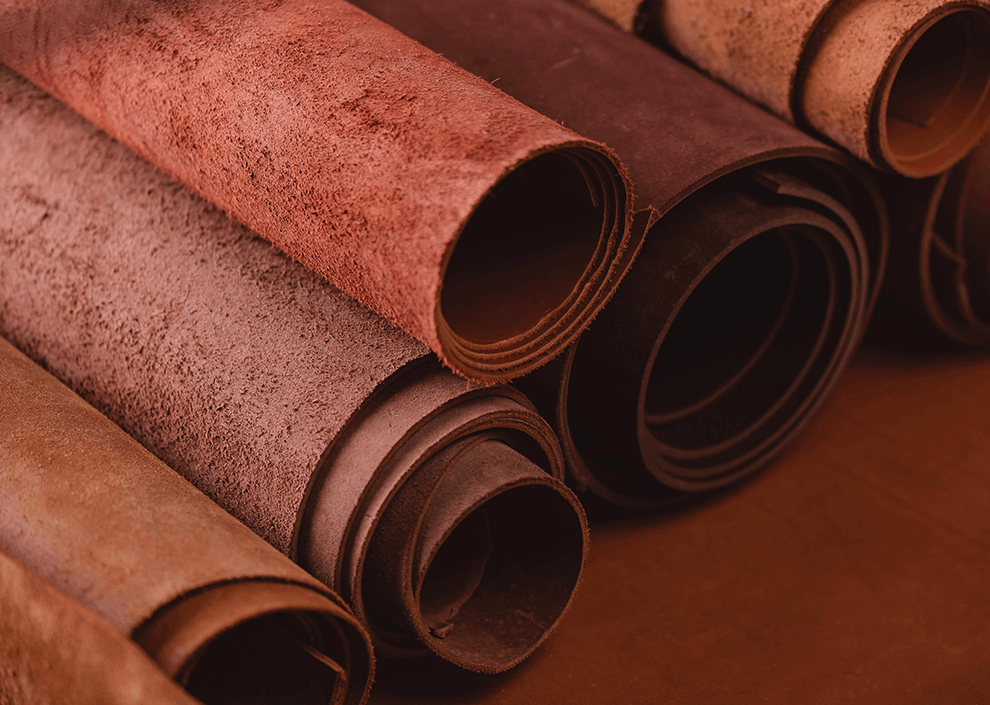
Jun 30.2025
Genuine Leather: A Timeless Material of Prestige and Character
Genuine leather refers to premium-quality material derived from natural animal hides, processed through professional tanning techniques. As an irreplaceable classic in bag manufacturing, it offers unique grain patterns, a supple touch, and breathable properties. Over time, genuine leather ages gracefully, enhancing the bag’s elegance and individuality. ________________________________________ Material Characteristics 1.Natural Grain and Unique Texture Each piece of leather retains the pores and fine lines of the original hide, making every bag one of a kind. Through various tanning methods (e.g., vegetable tanning, chrome tanning), it can express a wide range of aesthetics—from sleek sophistication to rugged vintage. 2.Soft Yet Durable Flexibility Leather provides excellent elasticity and adaptability, giving bags a warm, refined feel while enhancing structure and comfort. 3.Breathable and Moisture-Absorbing Natural breathability allows genuine leather to regulate humidity and reduce stuffiness, maintaining bag quality and extending product life during daily use. 4.Aging with Beauty High-quality leather develops a unique patina over time—a soft sheen and rich character that reflects the owner’s usage, making each item more personal and storied. 5.Repairable and Maintainable With regular cleaning and care, genuine leather retains its softness and luster, allowing the product to remain in optimal condition for years. ________________________________________ Common Types of Genuine Leather by Animal Source •Cowhide Most widely used, offering thick, durable, and diverse textures. Suitable for various bag styles from refined to rugged, depending on treatment. •Sheepskin Lightweight, soft, and smooth. Ideal for luxury handbags and accessories; delicate in feel but less abrasion-resistant. •Pigskin Coarse and breathable with prominent grain. Highly durable and commonly used in practical, cost-effective bags and shoes. •Horsehide Dense, glossy, and tightly grained, offering strong resistance and a bold appearance—suitable for structured bags needing durability. •Crocodile Leather A symbol of luxury. With its distinctive scales and premium price, it’s often used in high-end designer bags. •Python Leather Known for unique scale textures and depth. Smooth, with a statement look for accent pieces or fashion-forward designs. •Ostrich Leather Features raised quill follicles for a distinct tactile quality. Valued for high-end applications. •Buffalo Leather Thick and tough with pronounced, rugged texture. Ideal for vintage-style and durable bag collections. ________________________________________ Popular Tanning and Finishing Techniques •Vegetable Tanning Eco-friendly, using plant-based tannins. Offers a rich, natural tone and firm yet flexible texture. •Chrome Tanning Fast and versatile, resulting in smooth leather with vibrant colors—suitable for sleek and refined styles. •Other Finishes: Includes brushing, embossing, dyeing, and distressing to create vintage effects, polished surfaces, or unique patterns. ________________________________________ Potential Drawbacks of Genuine Leather 1.Higher Cost Due to its natural source and complex tanning process, genuine leather products are more expensive than synthetic alternatives. 2.Maintenance Required Needs regular care (moisturizing, waterproofing, sun protection) to prevent cracking, discoloration, or hardening. 3.Lower Water Resistance While moderately moisture-resistant, leather can absorb water, leading to deformation, mold, or color changes over time. 4.Heavier Weight Denser than synthetic materials, adding noticeable weight—especially for larger bags. 5.Ethical & Environmental Considerations Being animal-derived, some consumers may have concerns about animal welfare and the ecological impact of the tanning process.
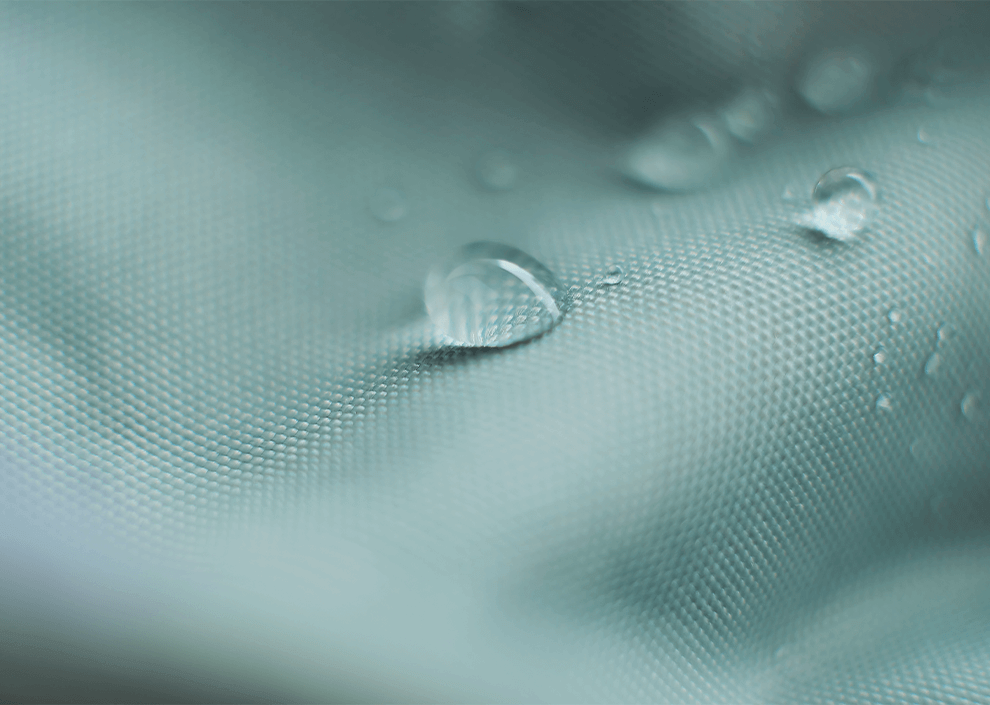
Jun 30.2025
Technical & Specialty Fabrics: Where Performance Meets Style
Technical fabrics and specialty materials are essential components in modern bag design, offering the perfect blend of durability, protection, and aesthetics. These advanced textiles not only enhance functionality but also elevate the visual appeal and brand value of each product. ________________________________________ Key Fabric Types & Features 1. Water-Repellent / Waterproof Materials Coated with PU, TPU, or engineered with special weaving techniques, these fabrics provide excellent protection against rain, spills, and dirt. Ideal for outdoor gear, travel bags, and all-weather designs. 2. Ripstop Nylon (Tear-Resistant Fabric) Constructed with reinforced weaves—often visible as a crosshatch pattern—ripstop fabric dramatically increases tear resistance while remaining lightweight. A staple in military-style and outdoor-performance bags. 3. High-Density Anti-Abrasion Fabric Densely woven and surface-treated to resist scuffs and scratches. Perfect for high-use items such as commuter backpacks and laptop bags, ensuring long-lasting appearance and durability. 4. Breathable & Quick-Dry Materials Made with technical fibers that promote airflow and wick moisture away from the body. These materials are great for gym bags, sports duffels, and designs requiring all-day freshness. 5. Reflective / Luminous Materials Incorporated with reflective yarns or glow-in-the-dark coatings to enhance visibility at night. Combines safety with urban street style—popular in streetwear and athletic collections. 6. Antibacterial & Odor-Resistant Fabrics Treated with antimicrobial agents to inhibit bacterial growth, these fabrics keep bags fresher for longer. Ideal for sports, outdoor, and everyday multifunctional bags. ________________________________________ Advantages of Technical & Specialty Fabrics •Enhanced Performance: Improves resistance to water, tearing, and abrasion, extending product lifespan and reliability. •Versatile Aesthetic Options: Wide range of textures and finishes available, enriching design language and brand differentiation. •Adaptability Across Environments: Suitable for urban commuting, outdoor exploration, or fashion-forward collections. •Sustainability-Ready: Many technical fabrics support eco-friendly design goals, showcasing your brand’s commitment to environmental responsibility.
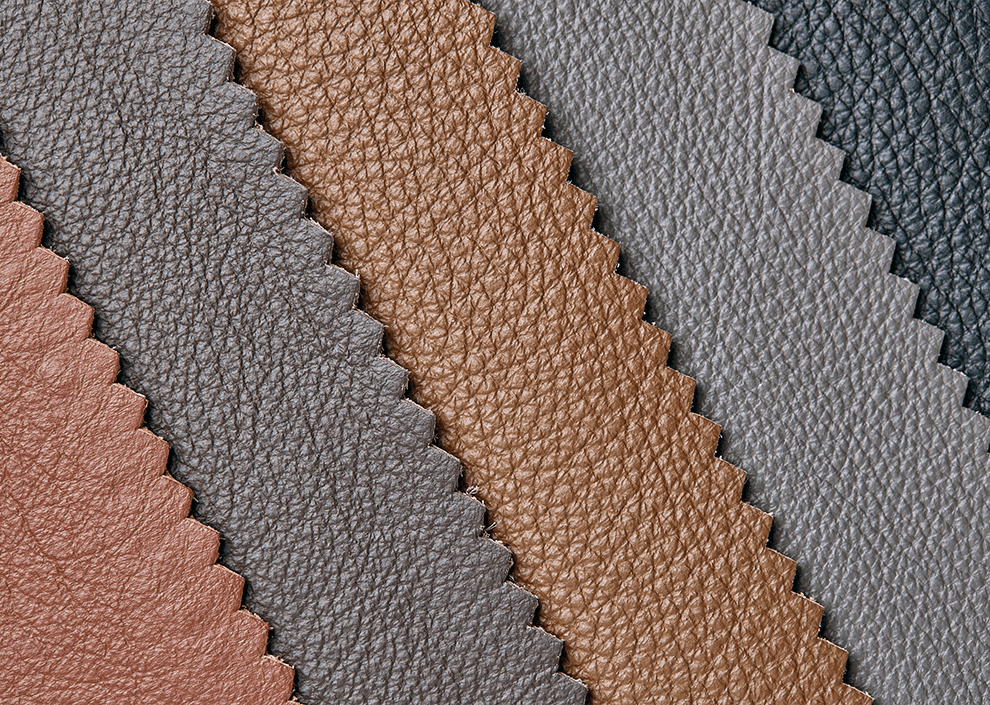
Jun 30.2025
Polyurethane Leather (PU Leather): Affordable Luxury with Functional Performance
Polyurethane leather, commonly known as PU leather, is a type of synthetic leather made by applying a polyurethane coating onto a fabric base. It closely mimics the look and feel of genuine leather, while offering advantages such as cost-effectiveness, light weight, ease of maintenance, and ethical sourcing. PU leather is a popular alternative to real leather in the bag industry, making it a go-to material for accessible yet stylish designs. ________________________________________ Material Highlights 1. Leather-like Appearance and Texture PU leather has a smooth surface and can simulate a variety of leather grain patterns. It is soft, flexible, and visually appealing, making it an excellent substitute for natural leather. 2. Lightweight & Easy to Work With Compared to genuine leather, PU is significantly lighter. It is also more adaptable to various techniques such as dyeing, embossing, printing, and texturing—ideal for creative and trend-driven designs. 3. Water- and Stain-Resistant PU leather does not easily absorb water or dirt. It is resistant to stains and splashes, easy to clean, and low-maintenance—great for everyday-use bags. 4. Eco- and Animal-Friendly Made from synthetic materials, PU leather avoids the use of animal products. It aligns with the growing demand for cruelty-free and sustainable fashion. 5. Durable and Scratch-Resistant High-quality PU leather has strong abrasion and scratch resistance, offering reliable durability for bags subject to frequent use. ________________________________________ Limitations of PU Leather 1. Lower Breathability Unlike natural leather, PU lacks pores, making it less breathable. Extended wear may cause discomfort in hot or humid conditions. 2. Less Long-Term Durability Although PU is tough, it does not match genuine leather in elasticity and resilience. Over time, it may crack, peel, or degrade under heavy use. 3. Hard to Repair Once damaged, PU leather is difficult to restore. Scratches or surface wear cannot be easily fixed with traditional leather care methods. 4. Sensitive to Environment PU material can deteriorate when exposed to prolonged heat, UV light, or moisture, reducing its lifespan in harsh environments. 5. Less Natural Aesthetic While visually similar to leather, PU lacks the depth, subtle variations, and patina development of genuine hides, making it less appealing to luxury-oriented consumers.
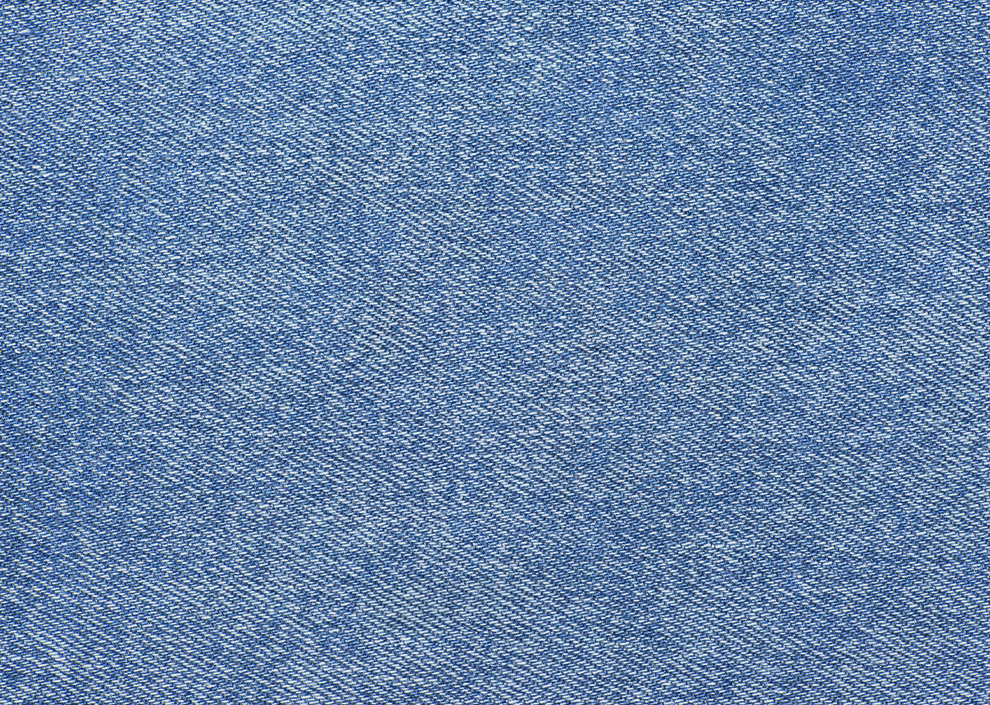
Jun 30.2025
Denim: A Timeless Fabric with Rugged Charm
Denim is a durable twill-woven fabric made from cotton fibers, known for its excellent abrasion resistance and iconic fading characteristics over time. Originally used as a heavy-duty canvas, denim has evolved into a classic material for both fashion and functional bag designs. While indigo blue remains the most recognizable color, modern denim now comes in a variety of shades and finishes, allowing it to suit a wide range of styles. ________________________________________ Material Characteristics 1. Highly Durable & Structurally Strong Woven with thick cotton yarn in a twill pattern, denim offers exceptional wear resistance and tensile strength, making it ideal for daily-use and outdoor-style bags. 2. Unique Fading & Patina Over Time Denim develops a personalized look through natural fading and wear. This evolving character gives each bag a vintage and well-loved aesthetic that reflects the user’s lifestyle. 3. Breathable & Comfortable to the Touch As a natural cotton material, denim provides good breathability and a soft hand-feel—suitable for bags worn close to the body or used frequently. 4. Versatile for Post-Processing Techniques Denim supports a wide range of treatments, including stone washing, distressing, fading, printing, and coating, enabling rich textures and layered visual effects that cater to streetwear and fashion-forward designs. ________________________________________ Drawbacks of Denim 1. Heavier Weight Compared to lighter materials like nylon or canvas, denim is relatively thick and heavy. Bags made from denim may feel bulkier during extended use. 2. High Water Absorbency & Moisture Sensitivity Denim absorbs water easily and dries slowly. Prolonged exposure to moisture can lead to mildew, odors, or fabric degradation. 3. Color Transfer Risk As denim fades, its dyes may rub off and transfer to clothing or other accessories. Users should take care when wearing or storing denim items. 4. Limited Stain Resistance Unlike synthetic fabrics, denim is more prone to stains and requires careful washing. Improper cleaning may result in discoloration or set-in marks. 5. Wrinkle-Prone & Shape Deformation Due to its cotton composition, denim can wrinkle or lose its shape after long periods of use or folding, which may affect the bag’s structured appearance.
